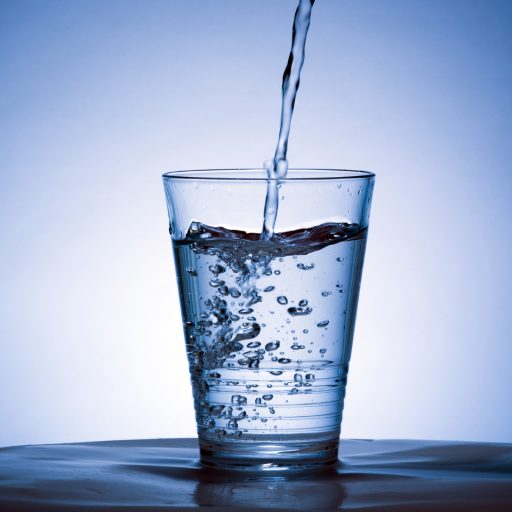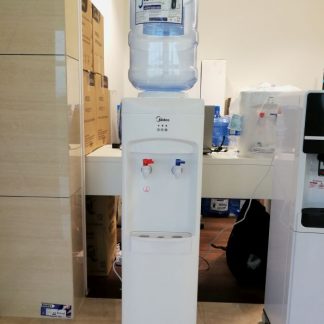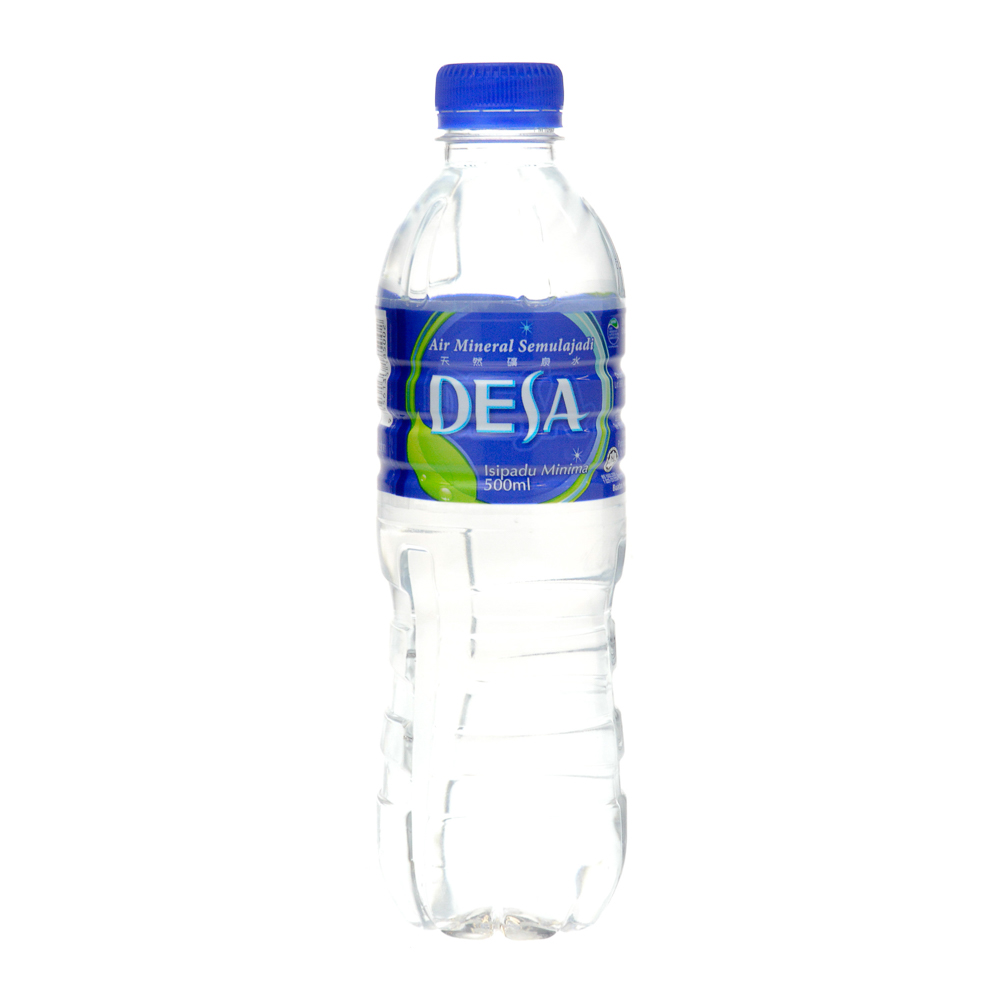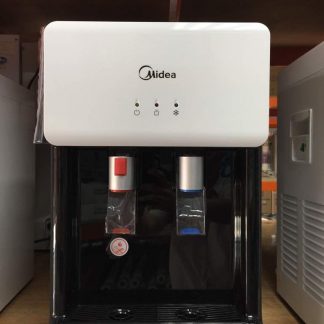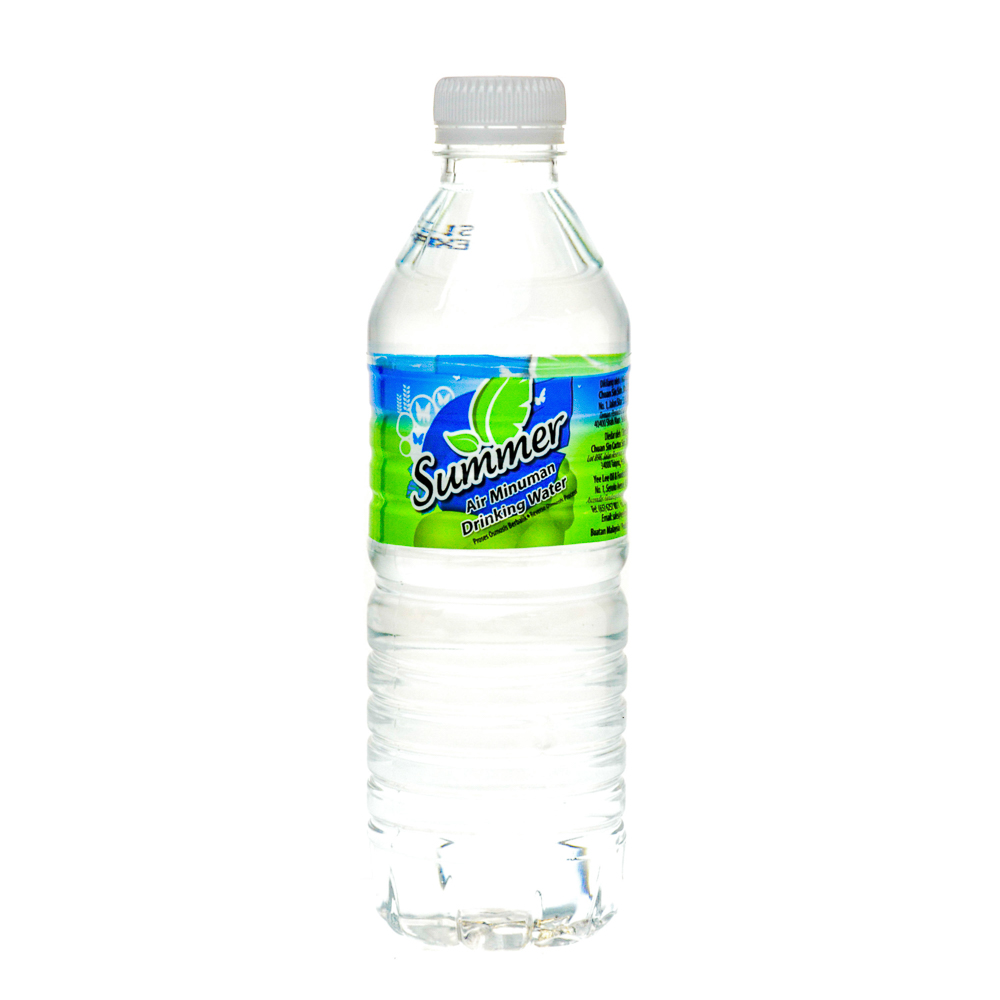Drinking Water or Mineral Water? This is a question that will be asked by most of the consumers.
Drinking water in Malaysia is mainly processed by the reversed osmosis (RO) process, as one of the method approved by the Malaysia Ministry of Health to produced drinking water.
Reverse Osmosis (RO) will generally remove salt, manganese, iron, flouride, lead, and calcium (Binnie et. al., 2002). Most mineral constituents of water are physically larger than water molecules and they are trapped by the semi-permeable membrane and removed from drinking water when filtered through a RO (AllAboutWater.org, 2004). Meanwhile, many consumers are concerned about the removal of minerals from their drinking water and have a general notions that mineral water will be a better source of drinking water.
Reverse Osmosis Remove Minerals
Reverse Osmosis (RO) removed more than 90-99.99% of all the contaminants including minerals from the drinking water supply (see Figure 1). RO removes minerals because they have larger molecules than water. The subject of minerals and RO created controversy and disagreement among water and health professionals. The World Health Organization (WHO) made clarification that majority of healthy minerals are needed for human body is from food or dietary supplementary sources and not from drinking tap water. In addition, minerals found in water can be harmful to human health. The evidence is strong that calcium and magnesium are essential elements for human body (WQA, 2011). However, its a weak argument to suggest that we should make up this deficiency through water consumption (WQA, 2011). Tap water presents a variety of inorganic minerals which human body has difficulty absorbing (Misner, 2004). Their presence is suspect in a wide array of degenerative diseases, such as hardening of the arteries, arthritis, kidney stones, gall stones, glaucoma, cataracts, hearing loss, emphysema, diabetes, and obesity. What minerals are available, especially in “hard” tap water, are poorly absorbed, or rejected by cellular tissue sites, and, if not evacuated, their presence may cause arterial obstruction, and internal damage (Dennison, 193; Muehling, 1994; Banik, 1989).

Figure 1. Reverse Osmosis Membrane (Source:DOI-BUR, 2009)
Organic Minerals vs. Inorganic Minerals
There are two types of minerals in water, organic and inorganic. Human physiology has a biological affinity for organic minerals. Most organic minerals for our body functions come from dietary plant foods (Misner, 2004). A growing plant converts the inorganic minerals from the soils to a useful organic mineral (Misner, 2004). When an organic mineral (from a plant food) enters the stomach it must attach itself to a specific protein-molecule (chelation) in order to be absorbed, then it gains access to the tissue sites where it is needed (Misner, 2004). Once a plant mineral is divested within the body, it is utilized as a coenzyme for composing body fluids, forming blood and bone cells, and the maintaining of healthy nerve transmission (Balch & Balch 1990).
Reverse Osmosis has Little Affect on Water pH
Water pH levels will automatically change when it is ingested and comes into contact with the food in your stomach (Wise, 2011). Even on an empty stomach, your stomach acid alone is already several times more acidic than RO water (pH 6-8) with a pH level of 2 (Wise, 2011). The human body regulates pH levels constantly to find balance and equilibrium (see Figure 2). Therefore under normal conditions it will always maintain a neutral 7.4 pH balance (Wise, 2011). The healthy body is very robust and it will restore homeostatic pH fairly quickly and easily (Wise 2011). Soft drinks and sports drinks typically have a pH level of 2.5, orange juice has a 3 pH and coffee has a 4 pH level and we drink these beverages all the time without problems (Wise, 2011).
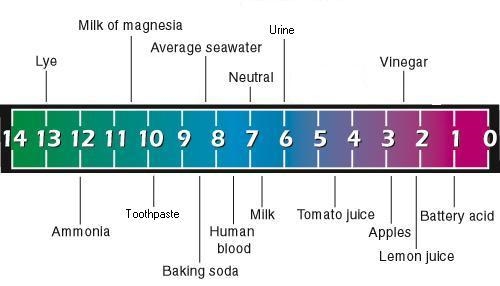
Figure 2. Comparison of pH Levels (Source: Wise, 2011)
Conclusion
Water filtered or treated by RO is pure, clean, and healthy. RO treatment system is currently the only technology that can remove most of the emerging contaminants (i.e., prescription drugs and perchlorate) including other contaminants (i.e., Arsenic, Cyanide, and Fluoride) that are difficult to remove by other treatment methods. No more ingesting of harmful inorganic minerals means the body will no longer be stressed with trying to absorb something that wasn’t supposed to be there in the first place (Wise, 2011). Consumers should not be concerned about the removal of minerals by RO system. WHO (2009) and WQA (2011) pointed out, that the human body obtains vast majority of minerals from food or supplements, not from drinking water.
(Source: https://www.iwapublishing.com/news/reverse-osmosis-and-removal-minerals-drinking-water)
Major minerals your body needs and where you can find them
Calcium – Essential for strong bones and teeth. Also plays an important role in the digestive system. Lack of calcium can lead to osteoporosis.
- Almonds, brazil nuts, hazelnuts
- Broccoli, kale, okra, spinach, watercress
- Dried apricot and figs
- Mackerel, oysters, salmon, sardines
- Tofu, calcium-enriched soya cheeses and milks
Iron – Plays an essential role in the production of the body’s white blood cells and immune system.
- Apricots, blackcurrants, figs, prunes, raisins, nuts
- Beans, lentils, eggs
- Broccoli, kale, peas, cabbage, spinach, watercress
- Lean red meat, liver, kidney
- Mackerel, oysters, sardines, tuna
- Wholegrain cereals and whole meal bread
Magnesium – Helps regulate potassium and sodium which control your blood pressure. Also helps absorb and breakdown vitamins and minerals.
- Apricots, bananas, figs, prunes, raisins
- Brown rice, granary bread, whole meal bread, whole wheat pasta, nuts
- Green leafy vegetables, okra, parsnips, peas, sweet corn
- Lean meat, milk, yogurt
Zinc – An antioxidant and important for the maintenance of a healthy immune system
- Brown rice and wholegrain breads
- Cheese
- Crab, lobster, mussels, oysters, sardines, duck, goose, kidney, lean red meat, turkey
Also watch out for the water products which claims that they can take out ALL of the bad contaminants and leave you only the good stuff (healthy minerals) in the water. There is no real purification method that can be selective and leave you only the “good” stuff. When filters leave you the “good” stuff, they actually leave you “most” of the stuff in the water. “Most of the stuff” meaning besides calcium and magnesium, they also leave fluoride, arsenic, chromium, perchlorate, heavy metals, radioactive materials, bacteria, viruses, and pharmaceutical drugs. These are all harmful contaminants that can cause illness, cancer or death. In this era of pollution where water contains much more disease-causing contaminants than beneficial minerals, it makes sense that the water we drink should be as pure and clean as possible.
So remember to eat healthy and enjoy a variety of vegetables and grains everyday which will provide you with the beneficial organic minerals to stay healthy the natural way.

